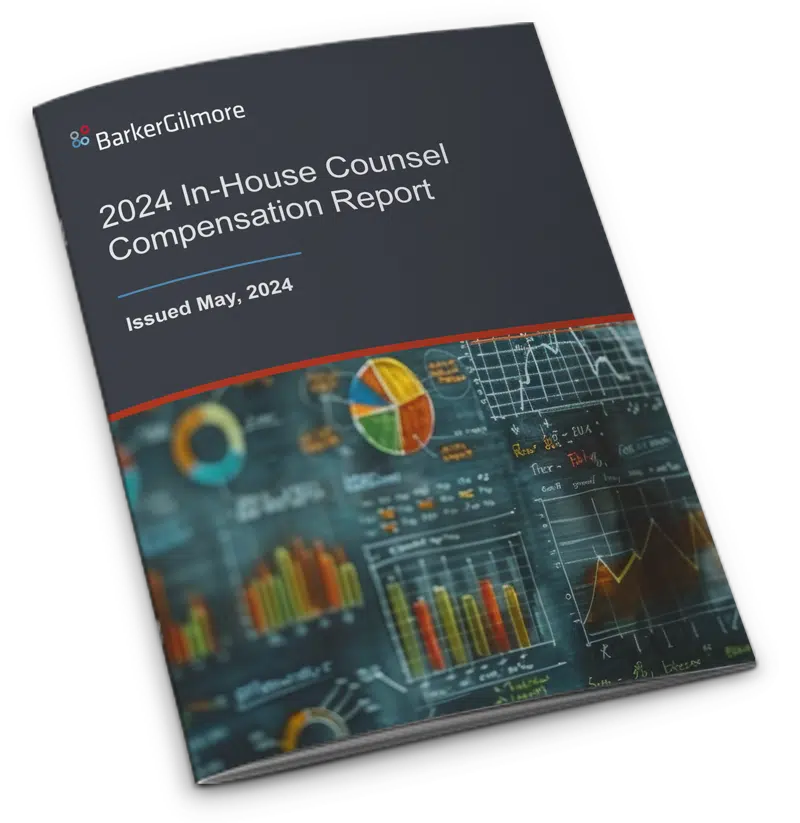Learn how the best teams have a strategic vision for compliance management with their organization.
Strategic Advisor and Coach Haydee Olinger, former Global Chief Compliance Officer of McDonald’s Corporation, is joined by Amy Mertz Brown, Chief Compliance Officer of Gurstel Law Firm P.C., and Ling-Ling Nie, General Counsel & Vice President for Ethics & Compliance of Georgia Institute of Technology, to discuss how to build and transform world-class compliance departments to meet ever-changing operational challenges and how to prepare the department for change by having a strategic vision for compliance management within the organization.
Below are highlights from the webinar. To learn more, the video recording and podcast are available on this page.
The ethics and compliance function has significantly evolved and expanded over the past 10 years. Now that the compliance department is front and center in many organizations, the CCO’s responsibilities have also broadened. They need the foresight to work through the challenges faced by their companies and to have solutions in place for a crisis. During the past 18 months, CCOs have been expected to step-up and address the risks associated with the pandemic while still performing their compliance duties. In fact, many are now being included, or aspire to be included, in the strategic planning process.
Be an effective strategic business partner.
Chief Compliance Officers already participating in strategy discussions are truly making an impact by positioning the organization to avoid costly compliance failures and by providing proactive compliance and risk mitigation guidance. If you are not one of those CCOs, look for ways to be included in that discussion.
These tips were originally outlined by Jaclyn Jaeger, Editor, Compliance Week:
- Express your interest in participating in the strategic planning discussions and explain to your CEO the value that you can deliver.
- Review the strategic plan and recommend new or different ways for handling compliance risks.
- Continue to build and leverage your relationships with the business leaders and help them identify and mitigate the risks within their areas of control.
- Define or redefine the scope of compliance across the organization and build partnerships with compliance owners to ensure that the client issues they’re dealing with are being effectively managed.
- Implement efficient initiatives to improve the effectiveness of your program and reduce compliance costs.
- Focus on new and emerging risks for the company and work out how to structure a compliance program to help mitigate any potential issues.
“The compliance function is becoming more strategic, and it is, and should continue to be, integrated with other departments. Since it is no longer a standalone department just running its own compliance function, I think you’re going to see more compliance officers participating in other roles in the organization, and that to me is the greatest way this function can continue to evolve.”
— Haydee Olinger
Adapt your compliance department to the emerging risks of today’s business environment.
The pandemic has disrupted many functions and how they operate. Compliance is no exception. The nuts and bolts of the compliance program include monitoring, tracking, and training, and more strategic programs have an enhanced ability to see around corners. As a result of Covid-19, the ability to foresee issues has become a more pronounced part of the compliance function.
To sustain this important function, compliance departments are partnering with enterprise risk management more often than in years past. One can’t see around the corner if they are not also aware of emerging risks across the organization. This transition to a partnership approach to compliance is allowing the compliance professional to evolve from an enforcer to an influencer.
“The enabling piece is very important when you talk about partnership, and it’s trying to help other units that have compliance pieces to understand that they need to manage and own them. The compliance team is not the sole compliance staff for the entire company. It’s really a distributed responsibility.”
— Ling-Ling Nie
Develop a strategic vision for your compliance department.
Many companies have compliance programs, but they need to be enhanced to include a strategic vision. Since companies are dependent upon being compliant and could lose business for a violation, use that position to your advantage in creating a strategic approach. Begin with a focus on the vision for the culture of the organization and how you can add to the culture to make it even more strategic and valuable to the company. Follow-up by relating the mission of the compliance program to the overall objectives of the company.
“When you think about how you can make the organizational culture more strategic, consider how you can do the same for your own department. I think we often forget that we’re also a leader of people and process within our own group, so a strategic vision is external to the rest of the organization, and internal to our team.”
— Amy Mertz Brown
Haydee Olinger and our team of professionals are available to conduct a thorough assessment of your organization’s compliance function and to create and help implement a tailored plan for its optimization. Please reach out if you or your organization may benefit from our recruiting, leadership development and coaching, or legal and compliance department consulting services.
Connect with a legal recruiting advisor
* indicates required fields







